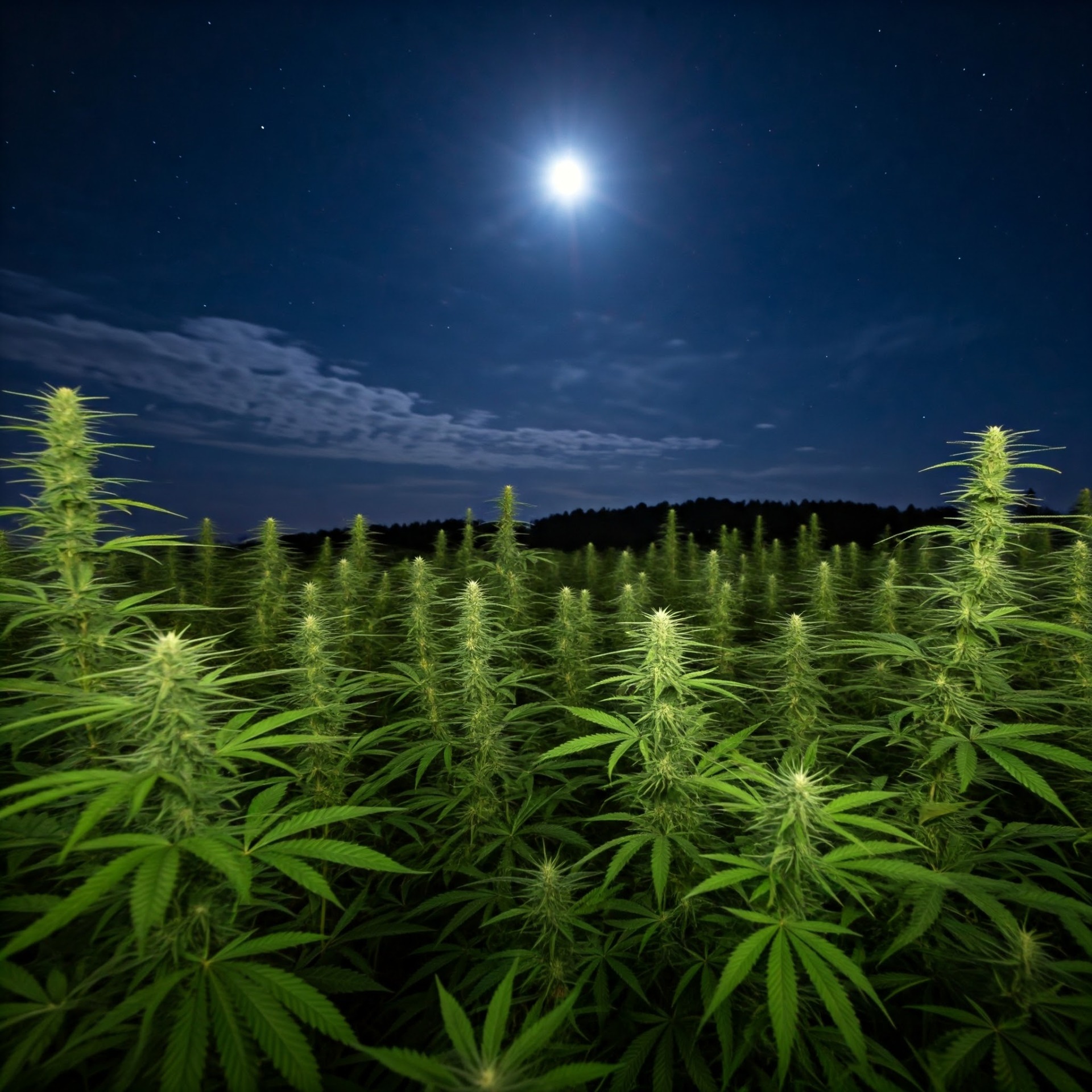
Edibles vs. Smoking: Understanding the Differences
Cannabis can be consumed in various ways, with smoking and edibles being two popular methods. While both methods deliver THC, the psychoactive compound in cannabis, they offer distinct experiences.
Smoking: When cannabis is smoked, THC is rapidly absorbed into the bloodstream through the lungs. This results in a quicker onset of effects, typically within minutes. The effects of smoking cannabis are generally shorter-lived, lasting for a few hours.
Edibles: Edibles, such as gummies, chocolates, or baked goods infused with cannabis, are ingested orally. THC in edibles is metabolized by the liver, which converts it into 11-hydroxy-THC, a more potent compound. This process takes longer, typically 30 minutes to 2 hours, leading to a delayed onset of effects. However, the effects of edibles can be significantly longer-lasting, often lasting for several hours or even longer.
Key Differences:
- Onset of Effects: Smoking provides faster onset, while edibles have a delayed onset.
- Duration of Effects: Smoking typically produces shorter-lasting effects compared to edibles.
- Intensity of Effects: Edibles can produce more intense and longer-lasting effects due to the conversion of THC in the liver.
- Potential Risks: Edibles carry a higher risk of overconsumption due to the delayed onset of effects.
Important Considerations:
- Start Low, Go Slow: When consuming edibles, always start with a very low dose and wait at least two hours before consuming more.
- Individual Variation: The effects of edibles can vary greatly from person to person.
- Potential Risks: Be aware of the potential risks associated with edibles, such as impaired driving and potential for addiction.
Disclaimer: This information is for educational purposes only and should not be considered medical advice. Cannabis laws vary by location. Always consult with local laws and regulations before engaging in any cannabis-related activities.


